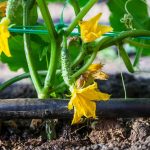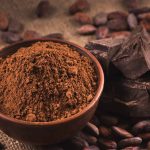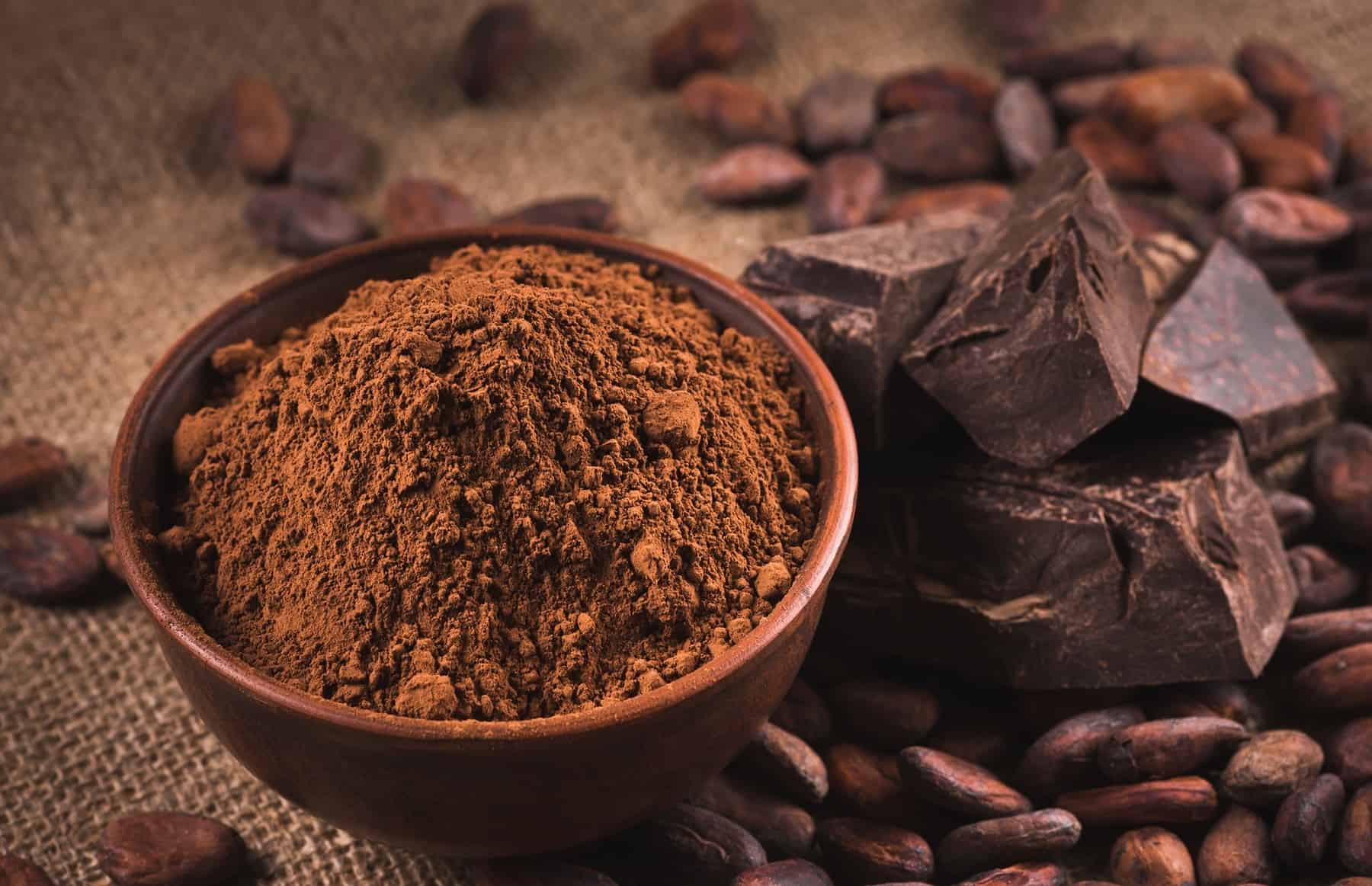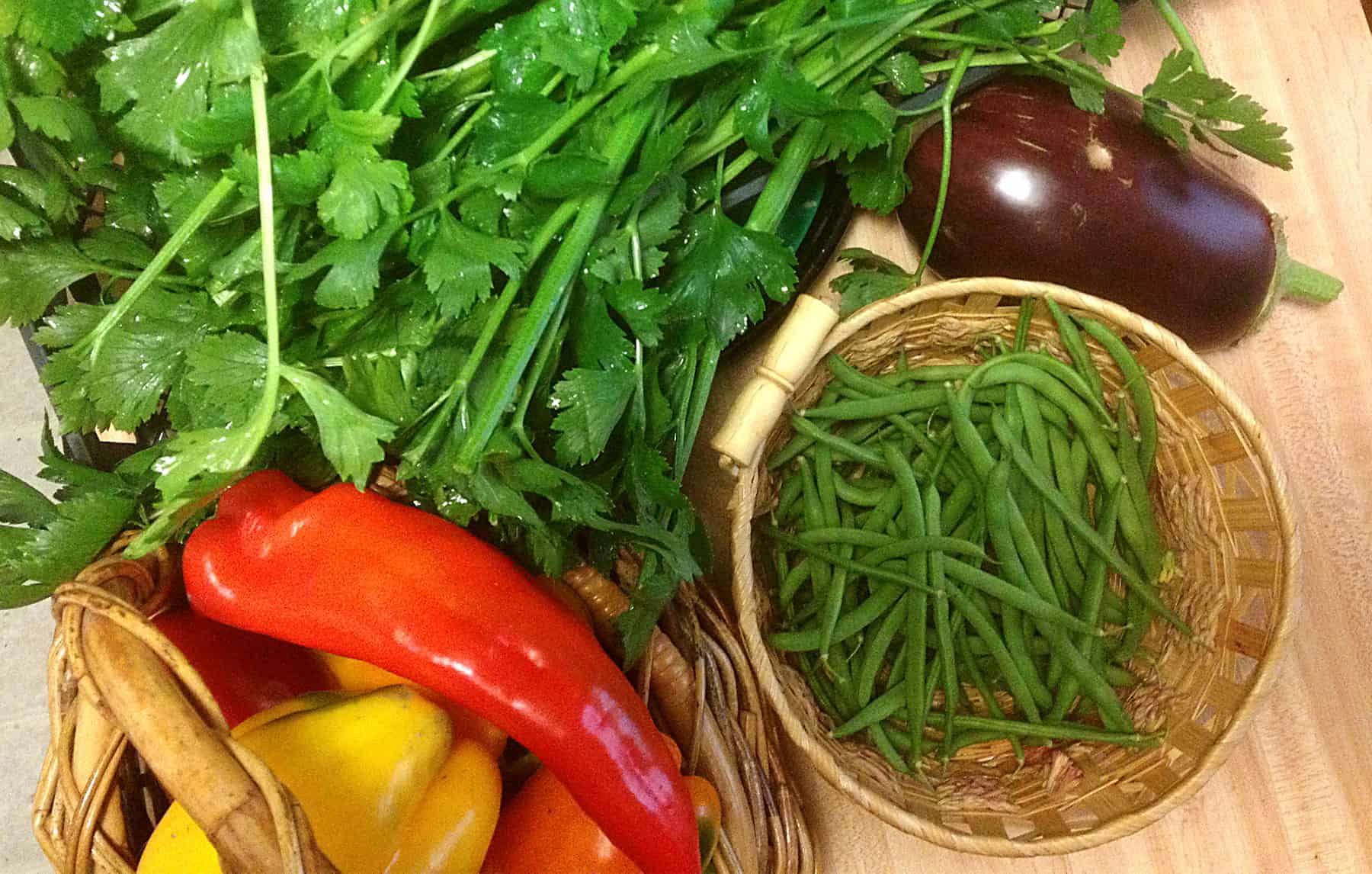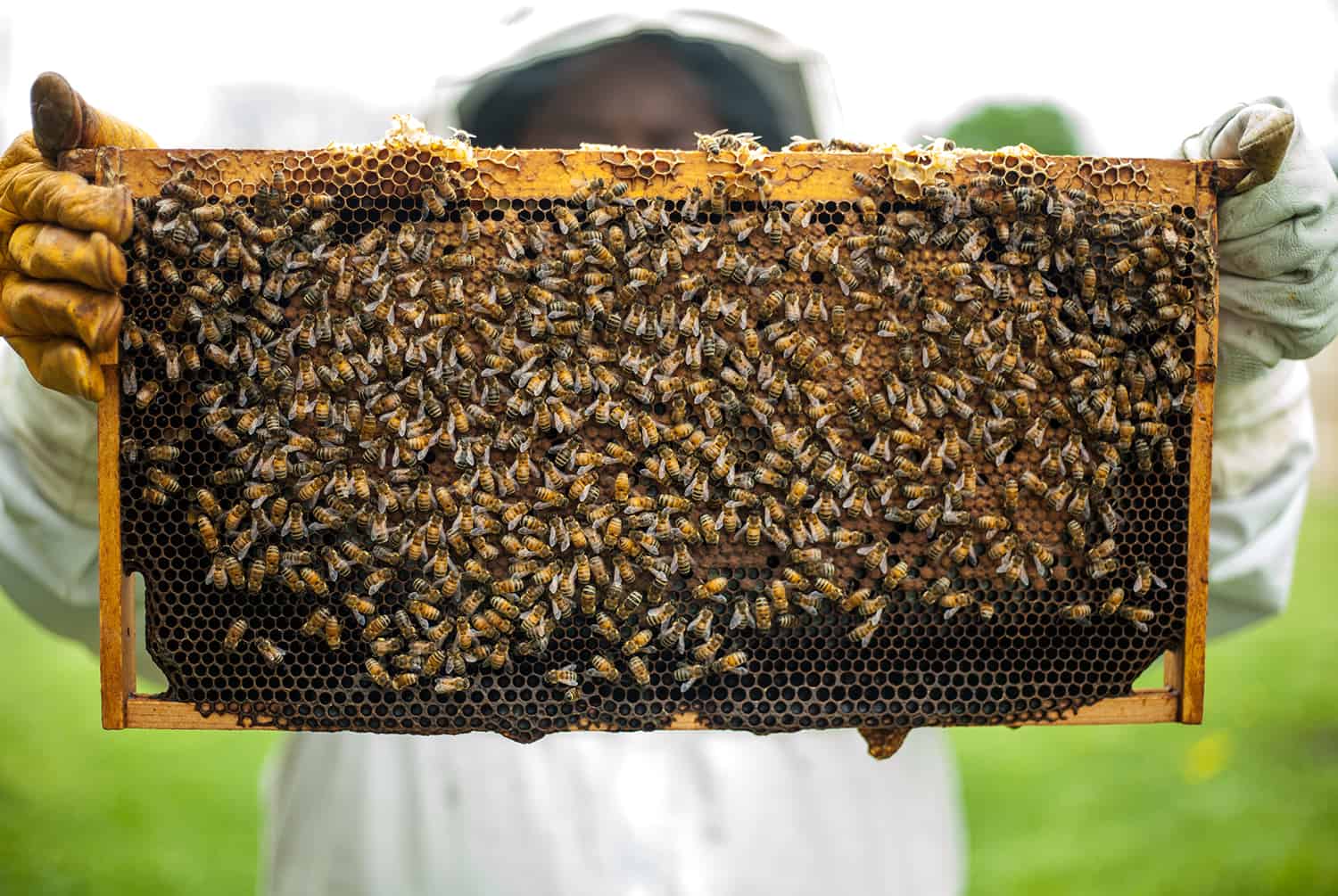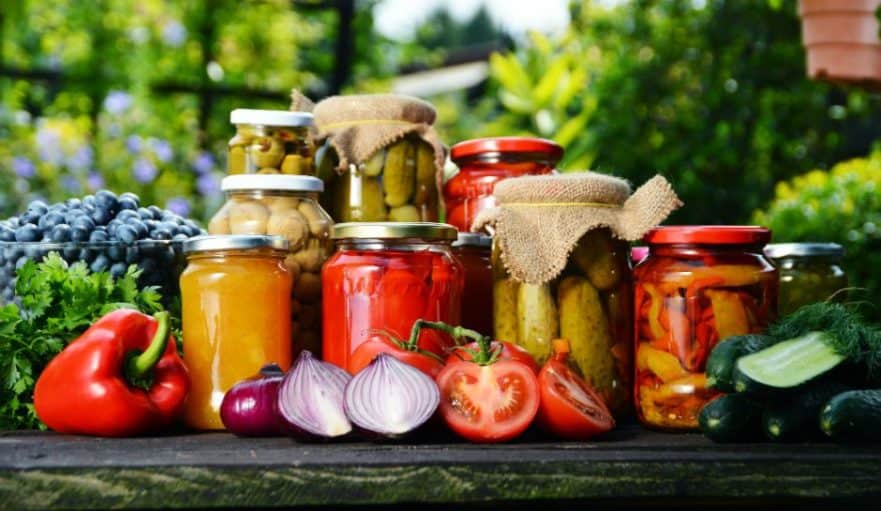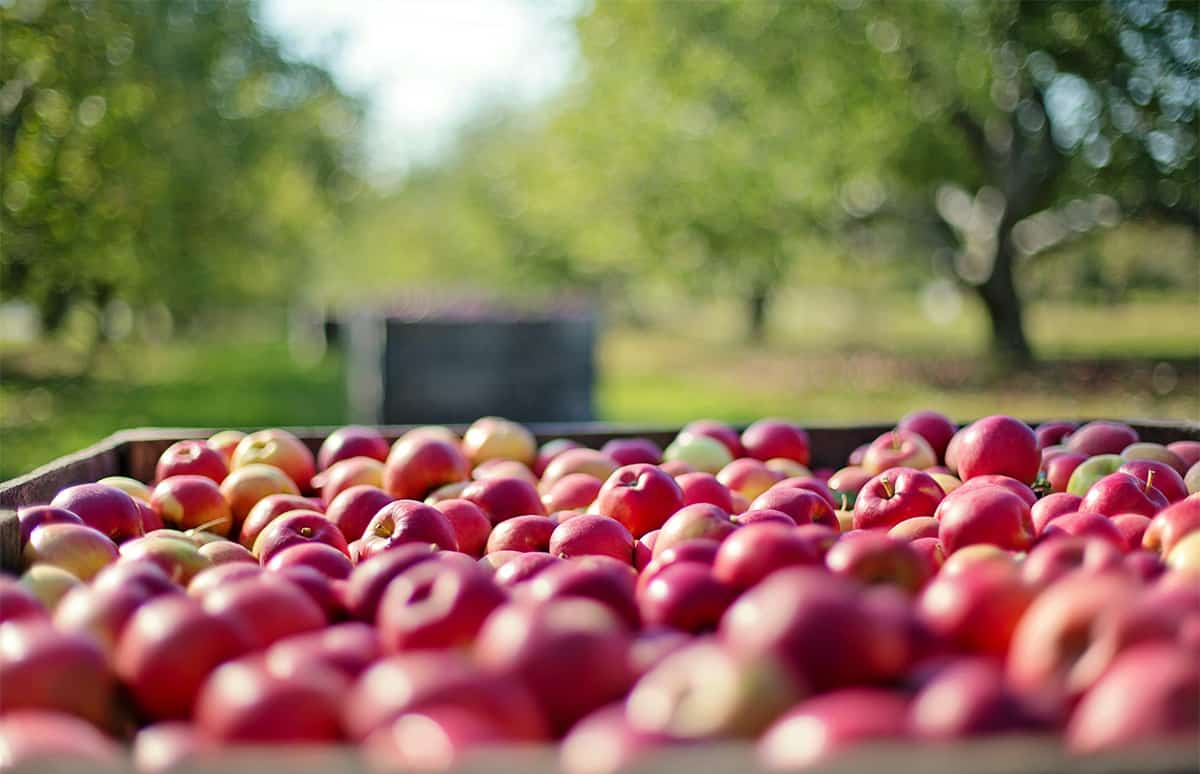[ad_1]
By Visitor Writer Wesley Kelder
Individuals usually consider chocolate as unhealthy. Nevertheless, in its purest kind, chocolate (cocoa) incorporates useful vitamins like calcium, phosphorous, magnesium, iron, zinc, and amino acids. Better of all, when making your personal chocolate from cacao beans (technically cacao seeds), it’s tremendous simple to tweak to your liking. For example, you possibly can determine in order for you darkish chocolate, milk chocolate, spicy chocolate, or any additional flavors you want (citrus flavors are very fashionable). You can even determine how candy you need it to be.
Making chocolate from scratch is definitely fairly a protracted course of. It begins with cacao beans, however chocolate may also be produced from the bicolor bean. The bicolor is a detailed relative of the cacao tree. Though they’re associated, there are a couple of minor variations that are described beneath. Nevertheless, the method of creating chocolate with bicolor or cacao are very related.
What’s the distinction between cacao and cocoa?
Cacao refers back to the uncooked beans or semi-processed beans which can be finally made into cocoa. Cocoa refers back to the completed or near-finished fundamental ingredient of chocolate (cocoa powder, cocoa butter, and so forth.). Cacao fruit and their beans (seeds really) develop on the Theobroma cacao tree, native to components of South America, West Africa, and Asia. Cacao pods are harvested from the bushes and are became cocoa and chocolate by way of a multi-step course of.
Step-by-step: from cacao bean to chocolate bar
Listed here are the 7 steps to make your personal milk chocolate, darkish chocolate, or white chocolate.
Step 1: Select the fitting variety of cacao fruits
Every cacao fruit incorporates white pulp with a most of 60 seeds. To find out what number of fruits you want, first determine on what number of grams of chocolate you wish to make. As a rule of thumb, when making a chocolate bar of 80 grams (2.8 ounces), you’ll require about 40 seeds. Be sure that to choose ripe fruit for this. The colour of the seeds relies on the variability, however they usually have an orangish shade.
If utilizing Bicolor: A bicolor incorporates fewer seeds than cacao, typically a most of 45. The seed pulp is extra yellowish than the cacao.
Step 2: Fermenting the beans
After eradicating the seeds and pulp within the fruit, the fermenting course of begins. The fermentation course of (or yeast course of) is essential. That is when the sugars within the beans are transformed to acids, and enzymes break down the bitter taste (the unfermented seeds are very bitter for those who eat them uncooked). Fermentation brings out the total taste of the bean and takes roughly 6 days.
It’s conventional to cowl the seeds in banana leaves, however utilizing picket crates particularly made for drying beans is an choice too. Crates for drying cacao beans have holes within the backside to permit liquid to flee.
To ensure that the seeds to ferment appropriately they have to warmth to 125 levels F (40-50 levels Celsius). The beans themselves will produce vital warmth through the course of however you possibly can assist them alongside by inserting them subsequent to a warmth supply corresponding to a warmth pack or a scorching water bottle.
Test and stir the beans commonly and take away any that could be rotting, simply recognized by moldy spots. Throughout fermentation you’ll additionally discover the scent of alcohol because the pulp ferments from airborne yeast and warmth. It’s vital that your crate permits the beans to empty correctly as a result of in the event that they sit within the alcohol, they are going to rot.
After fermentation is full, dry the cacao or bicolor seeds within the solar for round per week. Coloration adjustments are a results of good fermentation, the place the colour of the fermenting seed adjustments from a darkish purple to a darkish brown. When this course of is accomplished, the beans can be loads lighter in shade.
Step 3: Roasting / Drying the cacao beans
Drying or roasting the beans ensures that the entire liquid is eliminated with a objective of decreasing the moisture degree beneath 7%. This can give the beans extra taste (and shade!). You will notice that the outer shell will separate from the internal bean.
To roast the beans, load them right into a roasting pan and place them in an oven for about 12 minutes at 120 levels Celsius (250 Fahrenheit). If you begin to scent a ‘brownie’ scent (like the favourite dessert), you understand the beans are virtually finished. You need them to ‘pop’ (with out burning!), similar to heating corn till it turns into popcorn. That very same popping sound tells you that your cacao beans are finished roasting. Take them out of the oven and allow them to cool. Your bean is now formally a cacao nib (it’s referred to as a nib after the fermentation and roasting course of).
The normal technique is to photo voltaic dry the beans on particular mats in direct daylight. In fact, the climate performs a giant half right here and in wet areas it may take far more time to dry the beans. Cautious consideration should be paid so the beans don’t turn into moldy.
If utilizing Bicolor : The bicolor bean incorporates much less fats. Meaning bicolor beans could be roasted at a better temperature than the cacao beans, as much as 150 diploma Celsius (300 Fahrenheit).
Step 4: Bean Separation
Now the cacao bean should be separated from the shell. Typically this occurs within the roasting course of, by which case you possibly can skip this step. If not, press every bean between your fingers to take away the shell. It’d take extra time, however with this step, you lose only a few nibs. You can even now see that the within (cacao nib) already has the colour of the chocolate you’re aware of. After you’ve finished this, it’s time to put together the roasted, peeled cacao for grinding.
Enjoyable reality: Your cacao nibs are made up of roughly 50% cacao solids and 50% cacao butter now.
Step 5: Grinding the cacao nib & conching
Use a robust grinder made for cacao beans (or one thing related) to grind the cacao nibs. Bear in mind that the cacao nibs have to run within the grinder for a minimum of 10 hours (sure, a very long time). After ending this course of, you will note that the cacao nibs have turned to a paste or liquid because the cocoa butter is launched.
Throughout grinding, is while you add additional butter, milk, vanilla, milk powder, sugar, or cacao powder to taste your chocolate as milk chocolate, darkish chocolate or white chocolate, no matter fits you. You may also strive including cinnamon, curry powder, or chili powder.
GRINDING TIP: Earlier than grinding, it’s best to pre-grind the nibs. This may be finest finished by way of a high-speed blender or a espresso / spice grinder.
Conching takes place after grinding. As soon as the paste or liquid is shaped, the grinder continues aerating the cocoa to scale back moisture and develop extra taste. Throughout this time, acids evaporate from the bean, taking bitter flavors away and permitting the added components to totally combine with the cocoa butter. This provides the chocolate a deep taste. The identify “conching” comes from the form of the vessels that had been used to do that way back – they resembled conch shells.
If utilizing Bicolor: Due to the decrease fats content material from the bicolor (20%) in comparison with the cacao (55%), cacao butter should be added! If you happen to don’t add butter to the bicolor beans at this level, it merely received’t move.
Step 6: Tempering temperatures
To get the gloss for the completed chocolate that you simply’re aware of, you need to “mood” the chocolate: soften it, cool it, and reheat it. That is vital, as a result of the completely different chocolate colours have completely different tempering temperatures.
- Darkish chocolate: Soften to 46-50 °C (115-122ºF), cool to twenty-eight °C (82.4ºF), and reheat to 30-32 °C (86-89.6ºF)
- Milk chocolate or white chocolate: Soften to 40-45 °C (104-113ºF), cool to 26/7 °C (79/80.6ºF), and reheat to 28-30 °C (82.4-86ºF).
Step 7: Molding your chocolate
Pour the liquid chocolate into the form that you really want. Then, enable it to chill till it turns into strong. Retailer your home made chocolate in a cool, dry place.
Writer bio: Wesley Kelder is the proprietor of the large tropical backyard of Seeds Del Mundo, with greater than 150 types of fruit collected from everywhere in the world. Wesley and his household, who’re all working collectively, have a ardour for every kind of tropical fruits, and wish to share as a lot of mom nature’s beauties everywhere in the world. They’re specialised in tropical fruits, just like the Theobroma Bicolor, completely different types of Dragon Fruits, Capuacu and plenty of different uncommon unique fruits.
[ad_2]



